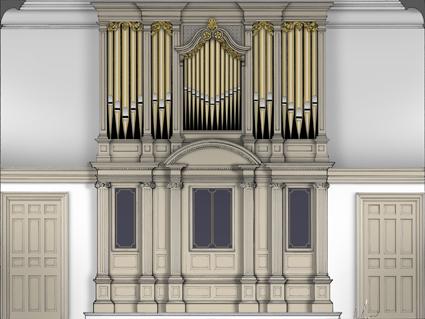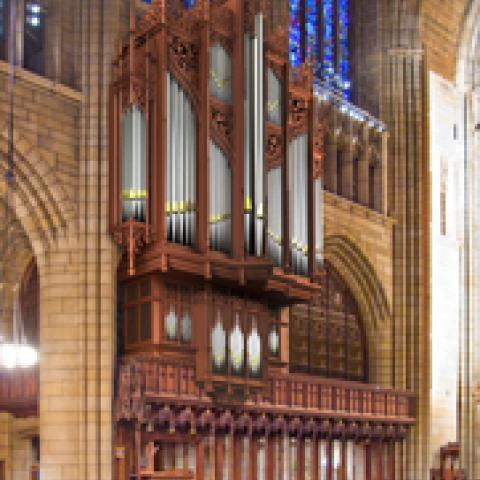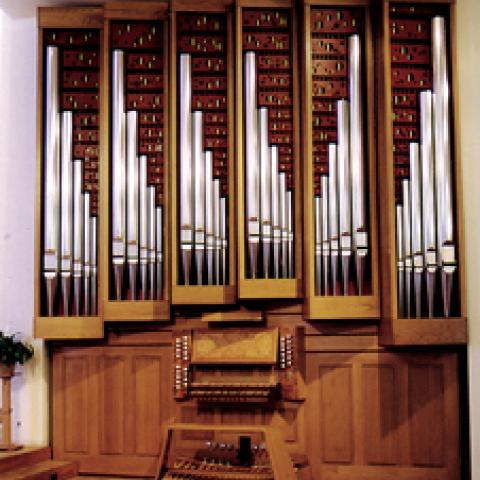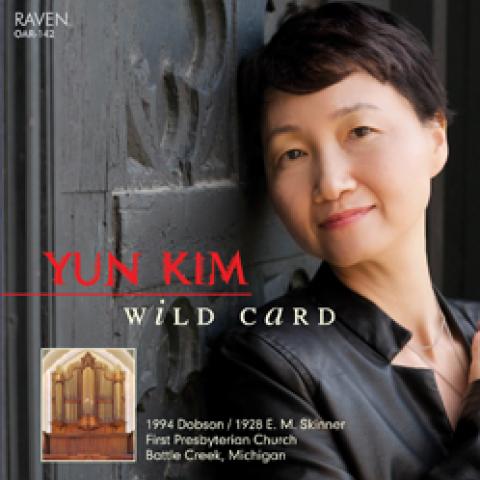
Dobson Pipe Organ Builders, Ltd., has been commissioned to build its Opus 96 for historic Bruton Parish Church of Williamsburg, Virginia.
Founded in 1674, the parish worships in its 1715 edifice, a National Historic Landmark. The parish has a lengthy and distinguished organ history, beginning with instruments from 1755 and 1840 by unknown builders. Hutchings-Votey installed an organ early in the 20th century. In 1937, Aeolian-Skinner installed its opus 986, retaining some of the Hutchings-Votey pipework. Rebuilt some six times since, this organ grew to 105 ranks.
The new three-manual organ will be placed in the east gallery, above the reredos, in a case featuring tin façade pipes and carved, gilded pipe shades. Installation of the organ is scheduled for Autumn 2019. For information: www.dobsonorgan.com.





